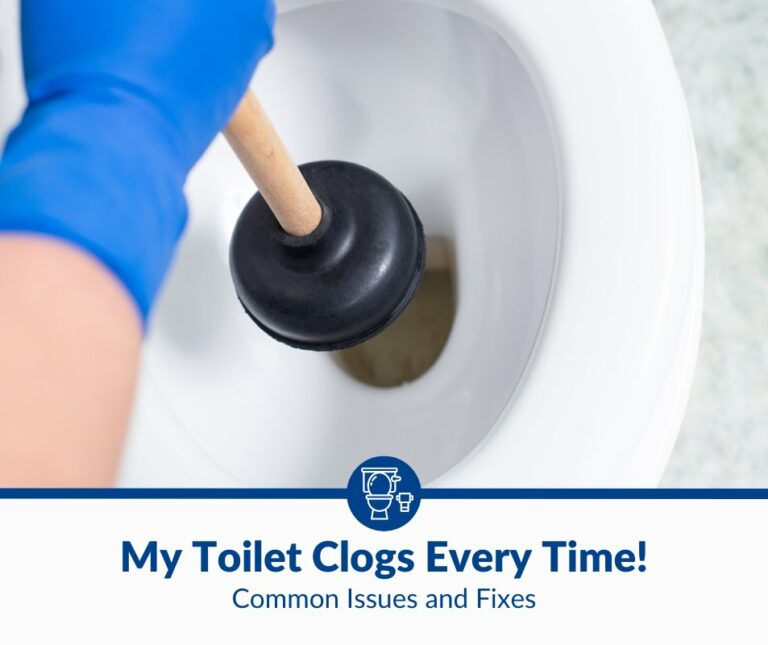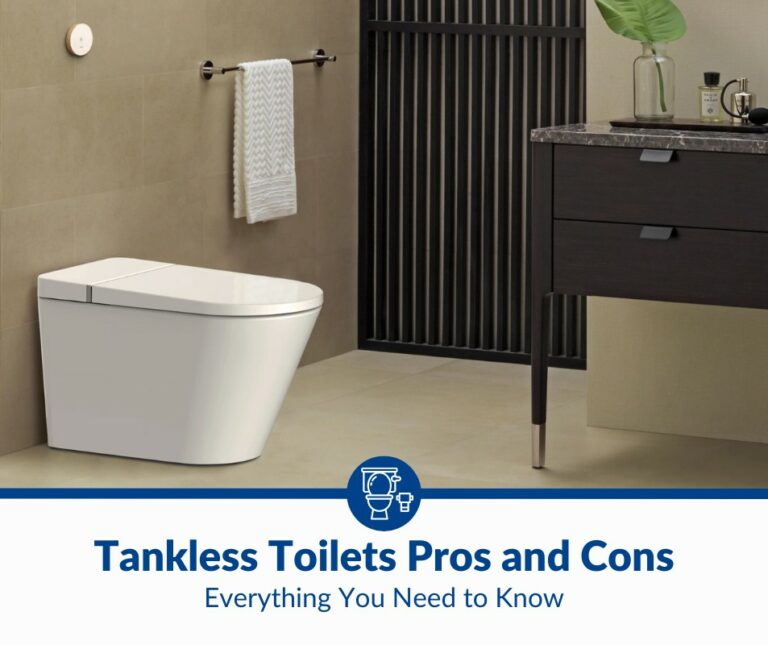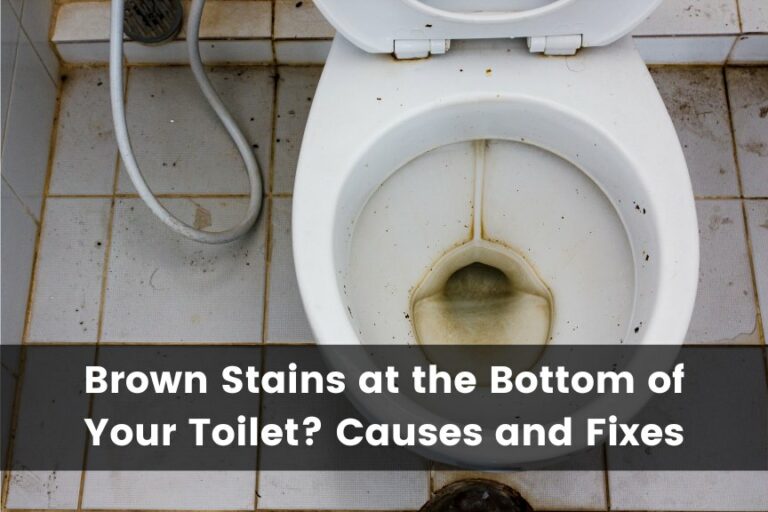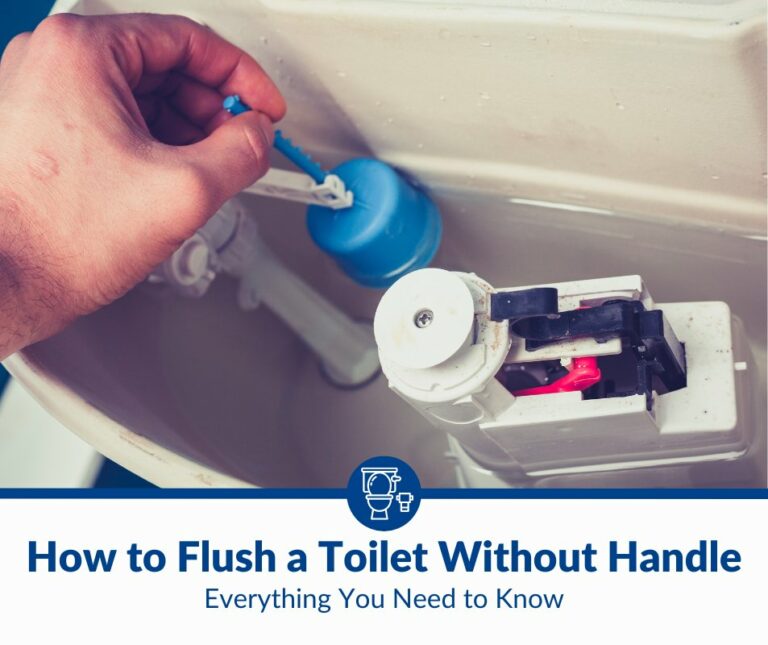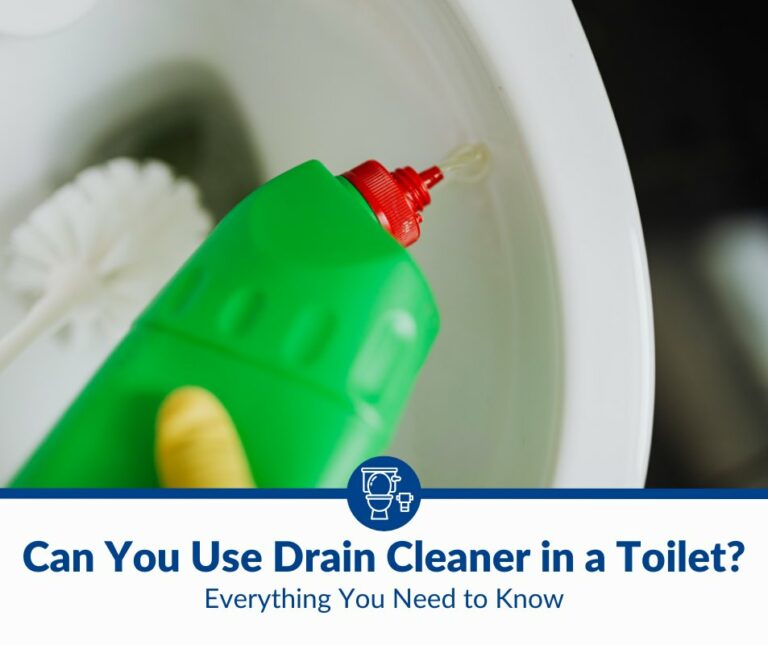Skirted vs Non-Skirted Toilets: What’s the Difference?
If you’re in the market for a new toilet, you may have come across the terms “skirted” and “non-skirted.” But what do these terms mean, and which type of toilet is right for you?
Skirted toilets have a sleek, modern look that many homeowners find appealing. These toilets feature an apron that conceals the trapway, creating a smooth, seamless appearance. Non-skirted toilets, on the other hand, have an exposed trapway that can be more difficult to clean but may be more affordable.
When deciding between a skirted and non-skirted toilet, it’s important to consider your personal preferences and needs. While skirted toilets offer a more streamlined look, they may be more difficult to clean and maintain. Non-skirted toilets, on the other hand, may be more affordable and easier to clean, but may not offer the same level of aesthetic appeal as their skirted counterparts.
In this guide, we’ll be discussing the major differences between skirted vs non-skirted toilets to help you decide which one is the right fit for you.
Let’s get started.
Design and Appearance
When it comes to choosing between a skirted and non-skirted toilet, the design and appearance of the toilet is an important consideration. Skirted toilets have a sleek and modern appearance that can elevate the look of any bathroom. The apron that conceals the trapway gives it a smooth and seamless look, making it easier to clean and maintain.
On the other hand, non-skirted toilets have a more traditional appearance, with the trapway exposed for all to see. While some people prefer the classic look of a non-skirted toilet, others find the exposed trapway unattractive and difficult to clean.
If you are looking for a toilet that can blend seamlessly with the rest of your bathroom decor, a skirted toilet may be the way to go. However, if you prefer a more classic look or are working with a tight budget, a non-skirted toilet may be a better option for you.
It’s important to note that while skirted toilets may have a more modern appearance, they can also be bulkier than non-skirted toilets. This can be a consideration if you have a small bathroom or are working with limited space. Additionally, skirted toilets may be more expensive than non-skirted toilets due to their more complex design.
Ease of Cleaning
When it comes to cleaning a toilet, the skirted toilet has a clear advantage over the non-skirted toilet. The smooth surface of the skirted toilet makes it easier to clean, as there are no nooks and crannies for dirt and grime to accumulate. With a non-skirted toilet, the exposed trapway can be difficult to clean, and it’s not uncommon for dirt and grime to accumulate in the hard-to-reach areas.
Additionally, the skirted design of the toilet eliminates the need for cleaning between the bowl and the tank. With a non-skirted toilet, this area can be difficult to clean, and it’s not uncommon for dirt and grime to accumulate in this space. With a skirted toilet, this area is covered, making it easier to clean and reducing the chance of dirt and grime buildup.
Another advantage of the skirted toilet is that there are no relief lines, which means no spaces to clean between. This can be a significant time-saver when it comes to cleaning the toilet. With a non-skirted toilet, the relief lines can be difficult to clean, and it’s not uncommon for dirt and grime to accumulate in these spaces.
Overall, if you’re looking for a toilet that’s easy to clean and maintain, the skirted toilet is the way to go. While it may be more expensive than a non-skirted toilet, the time and effort saved in cleaning and maintenance can make it a worthwhile investment in the long run.
Water Efficiency
When it comes to choosing between a skirted and non-skirted toilet, it is important to consider water efficiency. Skirted toilets tend to be more water-efficient than non-skirted toilets, which can help you save on your water bill in the long run.
According to Good Housekeeping, one of the best toilets of 2023 is the American Standard Cadet 3, which uses just 1.28 gallons of water per flush. This toilet also features a large trapway, which helps prevent clogging and ensures efficient flushing.
Non-skirted toilets, on the other hand, tend to use more water per flush. This is because they often have larger trapways, which can require more water to flush waste through. Additionally, non-skirted toilets may have more crevices and hard-to-reach areas, which can make cleaning more difficult and lead to more water usage.
When it comes to water efficiency, it is important to consider not only the amount of water used per flush, but also the overall water usage of the toilet. For example, a toilet that is easy to clean and requires less frequent flushing due to its efficient design may ultimately use less water than a toilet that requires more frequent flushing and cleaning.
Ultimately, when choosing between a skirted and non-skirted toilet, consider factors such as water efficiency, ease of cleaning, and overall design to determine which option is best for your needs.
Installation and Maintenance
When it comes to the installation and maintenance of skirted vs non-skirted toilets, there are a few key differences to consider. Here are some factors to keep in mind:
Installation
Installing a skirted toilet can be more complex than installing a non-skirted toilet. This is because skirted toilets have a different design that requires careful attention to detail during installation. Additionally, because skirted toilets have a more streamlined appearance, they may require additional plumbing work to ensure that the pipes are properly concealed.
On the other hand, non-skirted toilets are generally easier to install. They have a more traditional design that is familiar to most plumbers, which can make the installation process quicker and more straightforward.
Maintenance
Maintaining a skirted toilet is generally easier than maintaining a non-skirted toilet. This is because skirted toilets have a smooth, seamless design that makes them easier to clean. With no exposed trapway or other hard-to-reach areas, skirted toilets can be wiped down quickly and easily.
Non-skirted toilets, on the other hand, can be more difficult to clean. Because they have a more complex design with an exposed trapway, they may require more time and effort to keep clean. Additionally, non-skirted toilets may be more prone to staining and discoloration over time, which can make them look less attractive and require more frequent cleaning.
Pros and Cons
| Skirted Toilets | Non-Skirted Toilets |
| Easier to clean | More difficult to clean |
| Sleek, modern appearance | Traditional appearance |
| Concealed trapway | Exposed trapway |
| May require additional plumbing work during installation | Easier to install |
Ultimately, the choice between a skirted vs non-skirted toilet will depend on your personal preferences and needs. While skirted toilets may require more work during installation, they are generally easier to maintain and have a more modern appearance. Non-skirted toilets, on the other hand, are more traditional in appearance and may be easier to install, but can be more difficult to keep clean over time.
Cost Comparison
When it comes to the cost of skirted and non-skirted toilets, there are a few factors to consider. Skirted toilets tend to be more expensive than non-skirted toilets, with prices ranging from a few hundred dollars to over a thousand dollars. Non-skirted toilets, on the other hand, are generally more affordable, with prices ranging from around $100 to $500.
However, it’s important to keep in mind that the cost of a toilet is not the only factor to consider. Skirted toilets may be more expensive, but they often have a sleeker and more modern design that can add value to your bathroom. They also tend to be easier to clean, as there are no nooks or crannies for dirt and grime to accumulate in.
Another factor to consider is the cost of installation. Skirted toilets require a bit more work to install, as the skirted design means that the trapway is hidden and the toilet must be installed flush with the wall. This can make installation more difficult and time-consuming, which can add to the overall cost.
Overall, the decision between a skirted and non-skirted toilet will depend on your budget, design preferences, and cleaning habits. If you’re looking for a more affordable option and don’t mind a slightly bulkier design, a non-skirted toilet may be the way to go. However, if you’re willing to spend a bit more for a sleeker design and easier cleaning, a skirted toilet may be worth the investment.
Conclusion
When it comes to choosing between a skirted and non-skirted toilet, there are several factors to consider. Skirted toilets have a sleek appearance and are easier to clean, but they can be more expensive and bulkier than non-skirted toilets. Non-skirted toilets, on the other hand, are typically less expensive and easier to install, but they can be more difficult to clean due to the exposed trapway.
Ultimately, the decision between a skirted and non-skirted toilet comes down to personal preference and budget. If you want a toilet that looks modern and is easy to clean, a skirted toilet may be the right choice for you. However, if you are on a tight budget or prefer a more traditional look, a non-skirted toilet may be the better option.
It is important to keep in mind that both types of toilets have their pros and cons, and what works for one person may not work for another. Consider your individual needs and preferences when making your decision.



